No love lost between these two sides since their first meeting 43 years ago. This tie brings back the dark memory of August 1989 and the scar of the 2006 head-to-head rule.
Nigeria and Angola have met 10 times in the past. The Super Eagles have won three, lost two, and drawn five against the Palancas Negras.
One of the most memorable clashes between both nations was the second round World Cup Qualifier match (Group C, Italy World Cup), which ended 1-0 in favour of Nigeria on August 12, 1989.
At the Main Bowl of the National Stadium in Surulere, Lagos, Nigeria’s Samuel Okwaraji slumped on the pitch and died immediately, leaving teammates shocked, fans silenced, and the bench of the Super Eagles confused but yet composed.
The history-defining moments happened 77 minutes into the match, just 13 minutes to the final whistle. The Nigerian team (then the Green Eagles) was thrown into disarray, while the Angolan team forgot the competition and joined in the futile attempts to revive Okwaraji.
Thousands of Nigerians who came to cheer Okwaraji to glory left the stadium struck dumb, as many would never forget that ominous day.
Angola started the tournament with a pragmatic approach against Algeria. Pedro Goncalves played a 3-5-2 formation, which did not bring out the best in his players.
Algeria capitalised on the tactical set-up by Goncalves, using long balls into the final third to unstable the defence line of Angola and punish them at will in the first half.
The Angolan national team reverted back to 4-3-3 in the aftergames, and they have been impeccable and a joy to watch in the final third, scoring nine goals in five of the four games.
The front two, Gelson Dala and Mabululu Paciência, have seven goals between them that are very clinical when presented with chances.
Dala’s superb form has seen him win Man of the Match twice in a tournament.
An obvious deficiency in the Angolan team is the defence. The absence of their number one goalkeeper, Neblu, due to a red card earned in the 16 minutes against Namibia is a big blow to the team.
The Super Eagles are super strong defensively, repelling every shot and tackle and blocking every facet of the defensive third, with William Troost Ekong marshalling the defence that has been breached just once in the championship and keeping three consecutive clean sheets.
The availability of the impressive 27-year-old goalkeeper Stanley Nwabali against Angola is in doubt. He suffered a mild ligament injury during the Round of 16 battle with the Indomitable Lions on Saturday.
Meanwhile, Jose Peseiro’s team has been lethargic in front of goal, scoring four (excluding Opa Sangante’s own goal) in four games.
Goncalves might likely play 4-3-3, setting up his team to boldly dominate possession within the pitch’s defensive, middle, and attacking thirds, with the attacking wingers instructed to isolate Super Eagles full-backs and attack in one-on-one positions.
Most teams that have breached the defence line of the Angolan national team use the long balls to bypass the midfield and unsettle the highline defending of the Palancas Negras or counterattack to exploit the loopholes left behind when Angola are on the front foot.
Against Algeria in their opening group game, they conceded from a long ball that caught the defence off guard, and Baghdad Bounedjah calmly scored in the 18th minute.
The second goal they conceded against Mauritania was from a long ball that was not properly cleared.
The go-to formation to hurt the dangerous Palancas Negras would be 4-2-3-1 or 3-5-2-3-4-3.
With Nigeria lacking the firepower in midfield, the Super Eagles would probably use the 3-4-3.
This formation will give the Nigerian team balance with three central defenders and, ahead of them, a double pivot in central midfield. Two wingbacks provide attacking width, while a front line of three can line up in several different ways.
The wing-backs, Ola Aina and Zaidu Sanusi, have to be agile and fit because they have to provide the team’s attacking width, often getting forward in an attacking line to support the front three of Lookman, Simon, and Osimhen.
The flexibility of the formation will allow the Super Eagles to reshape into a 5-3-2 or 5-4-0-1 formation when out of possession.
The two wingbacks (Zanusi and Aina) drop into defence to form a back line of five and are responsible for blocking crosses when the opposition moves the ball out wide.
When pressing high, they will jump forward and may even press as high as the opposition full-backs.
The Vice President of the AFCON Organising Committee said in an interview on Monday that the Super Eagles have gathered momentum at the right time and can win the AFCON.
He said: “We are happy with their performance. The players have decided to be nationalistic and patriotic; they have decided to be resilient and dogged.
“If they continue the way they played the last game against Cameroon, I believe we might just be smiling with the trophy if they continue with that purposeful kind of play.
“I am happy they are taking it one game at a time, not underrating any team in the tournament; we must continue to pray for them.
“I also want to thank the President; at the appropriate time, he was able to get all the approvals they requested, and I believe we are on the right track.”



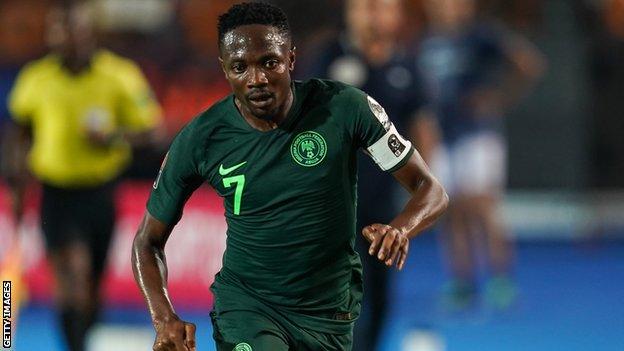
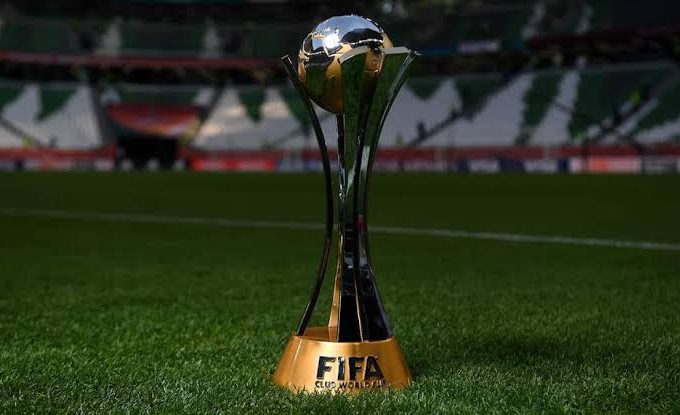




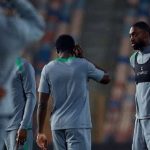

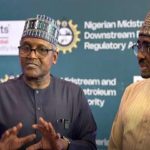
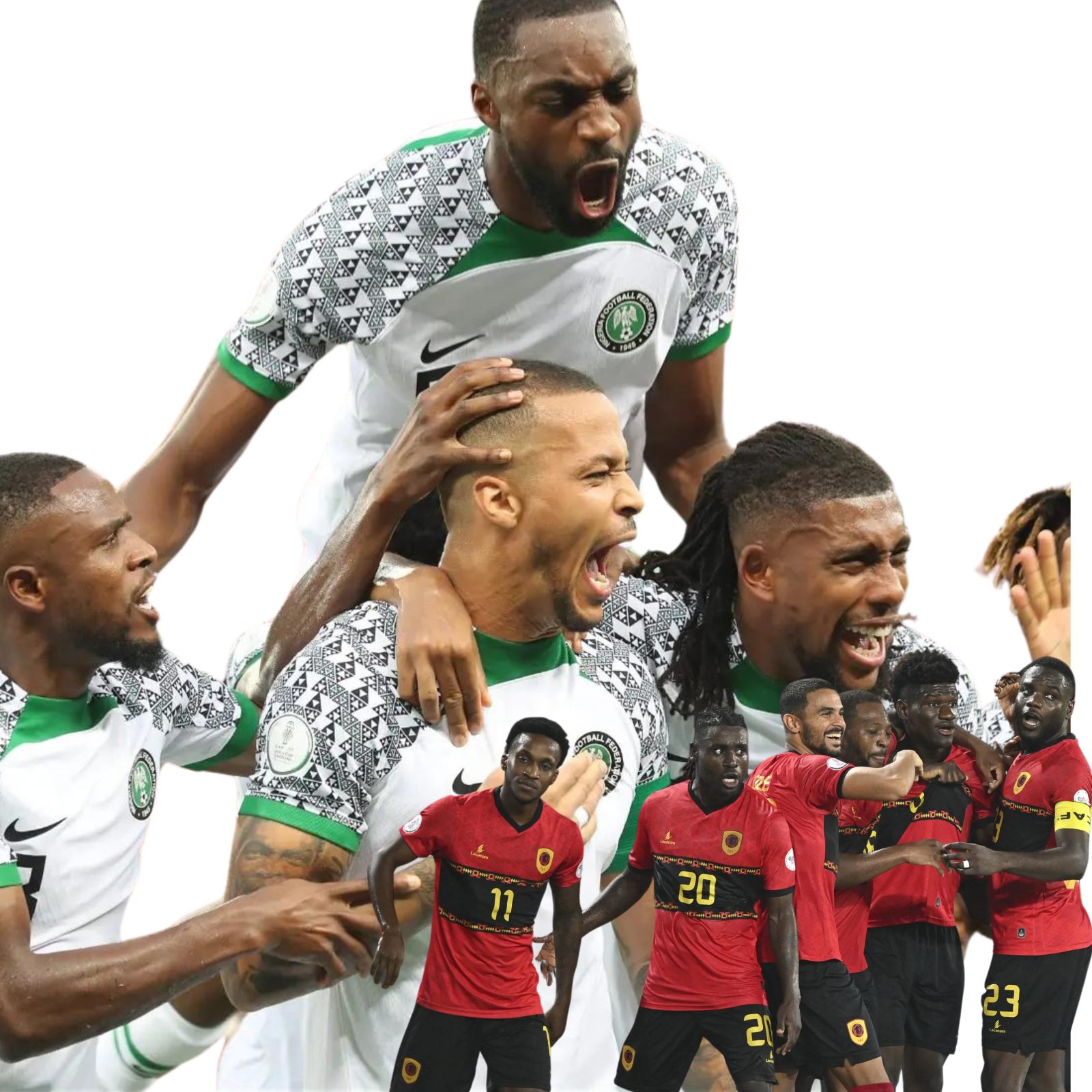
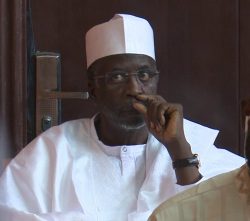


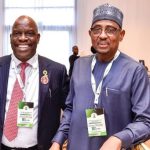
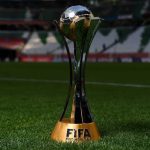
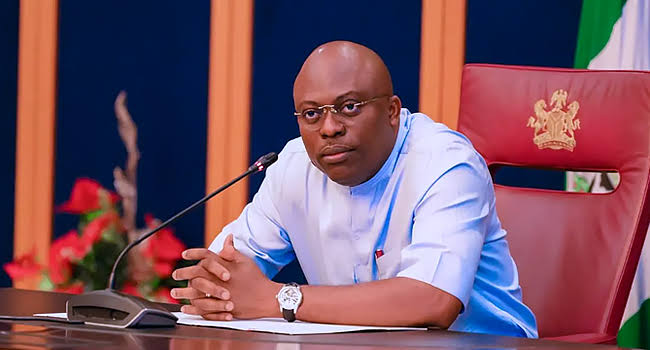
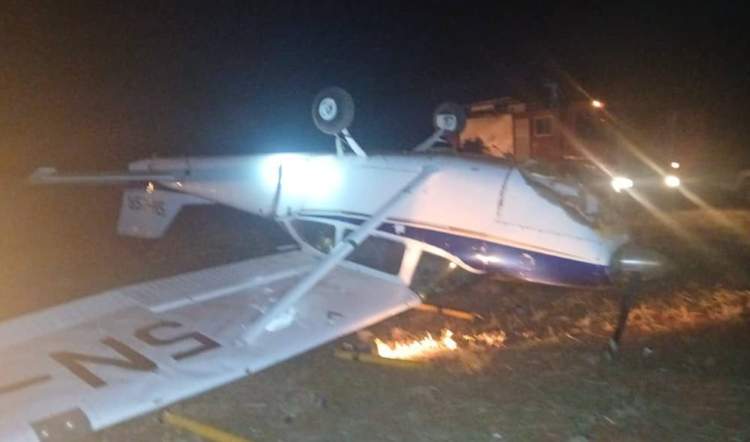
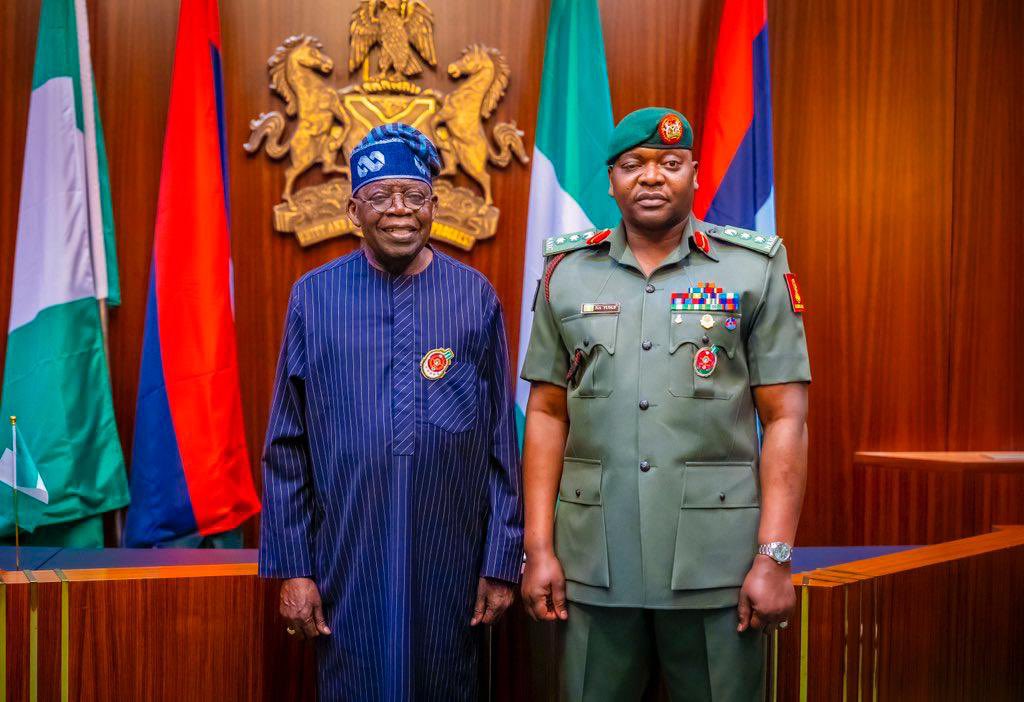

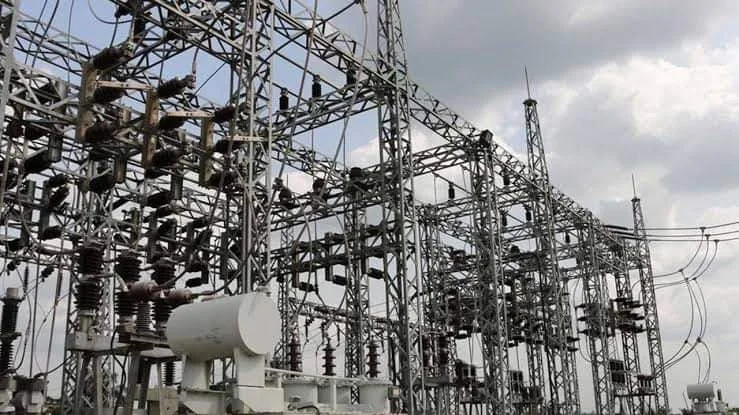
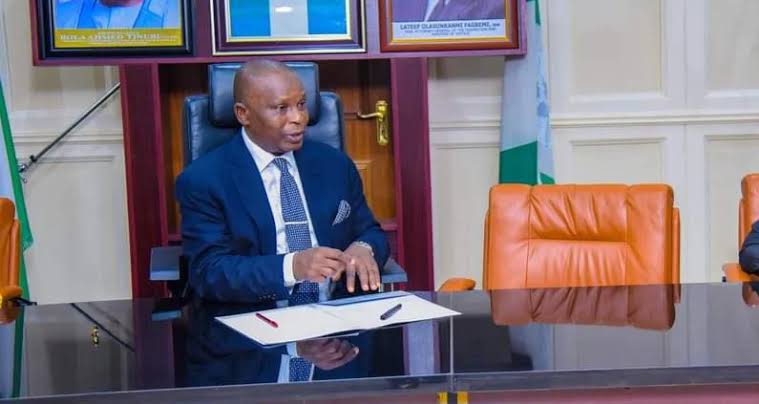
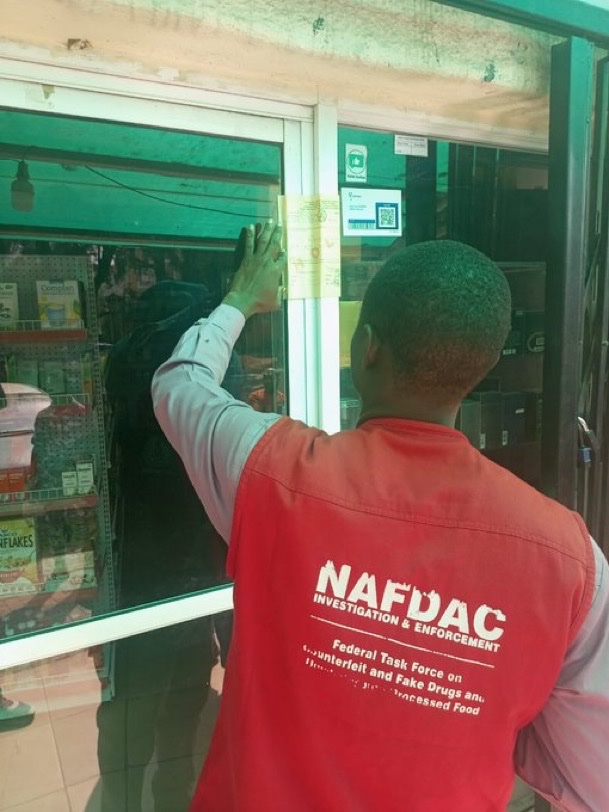
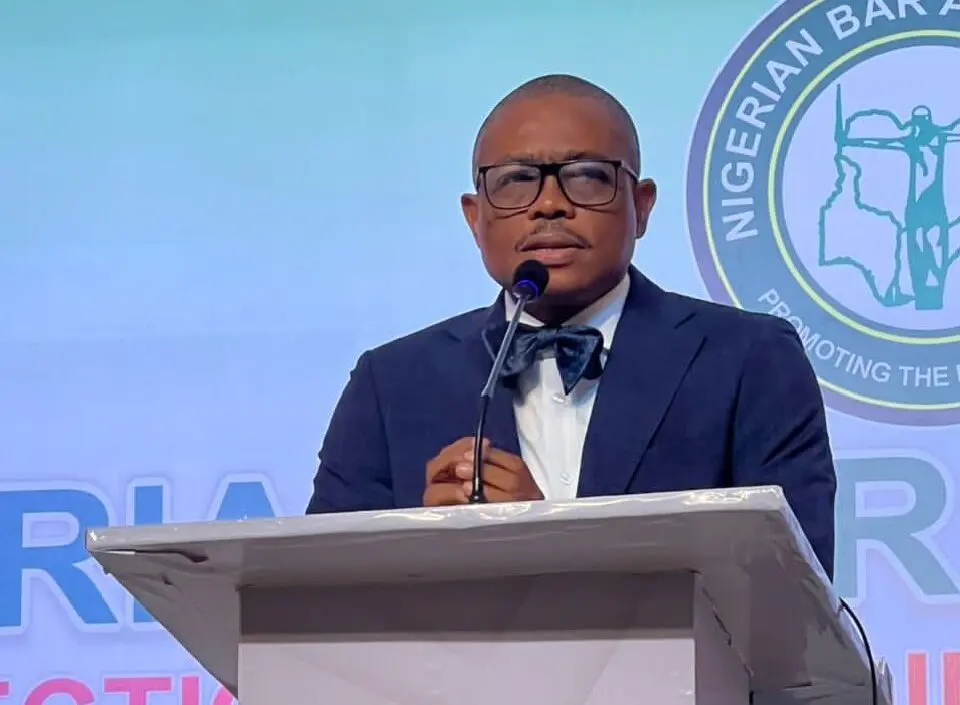
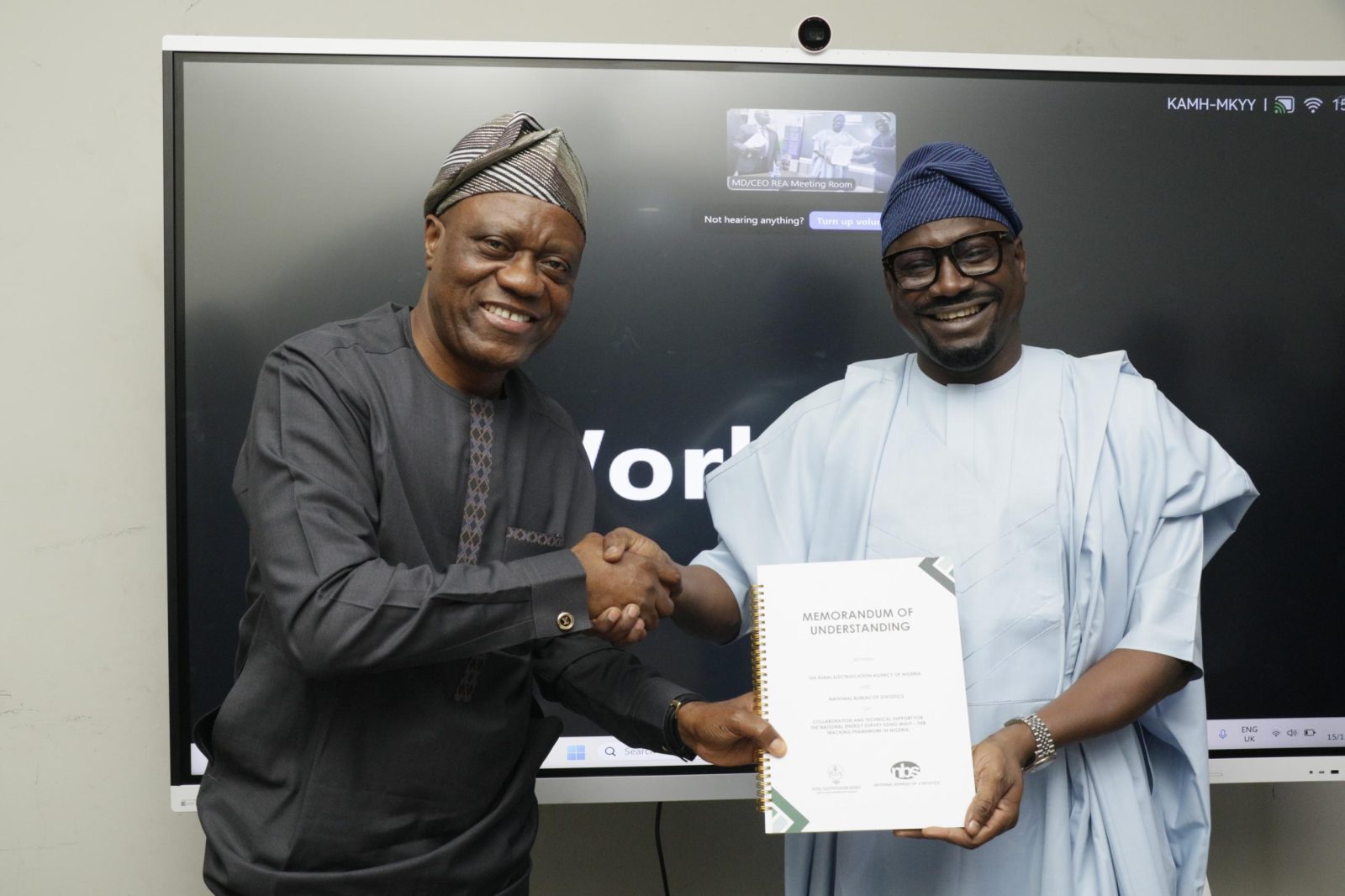
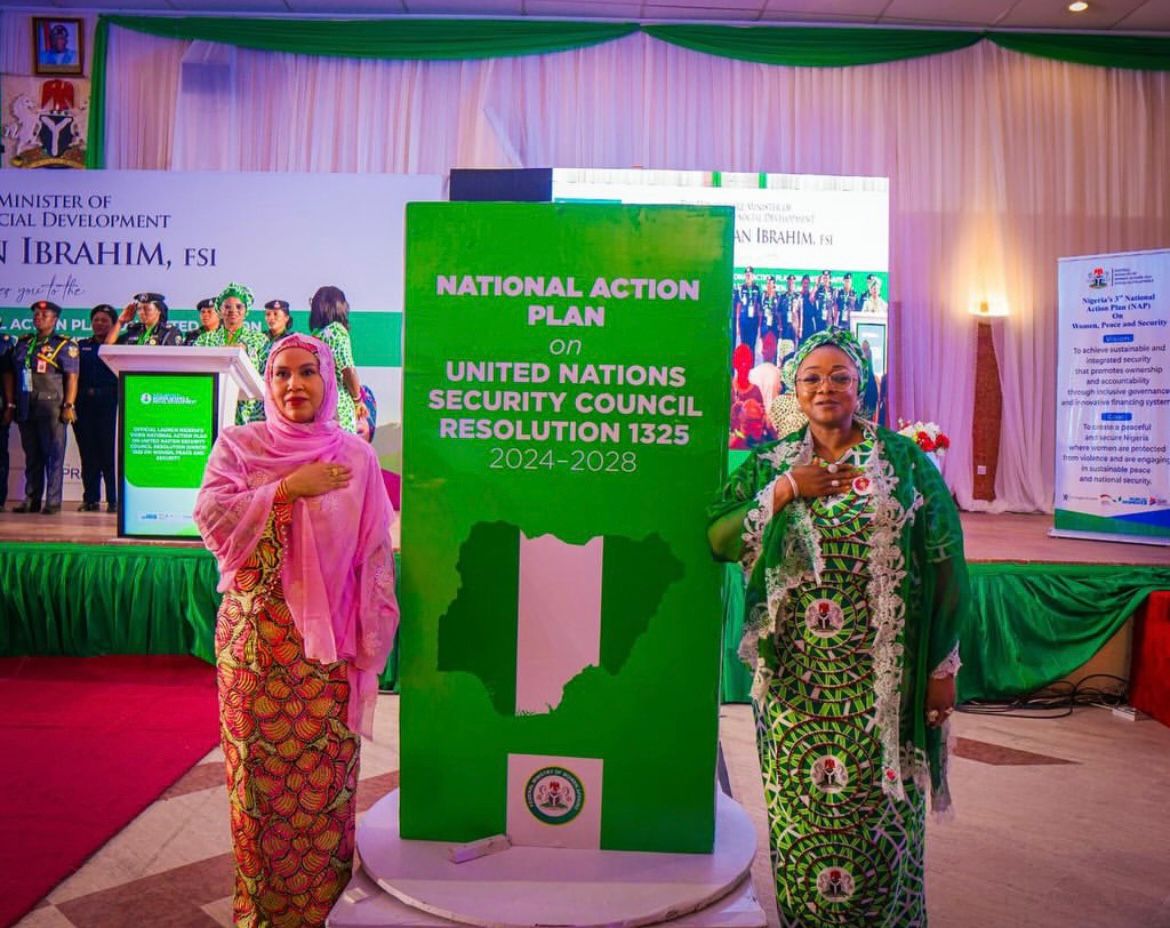

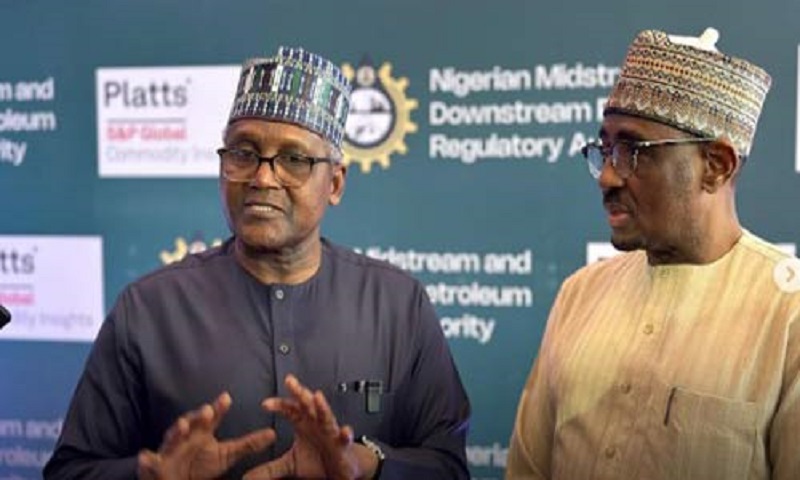
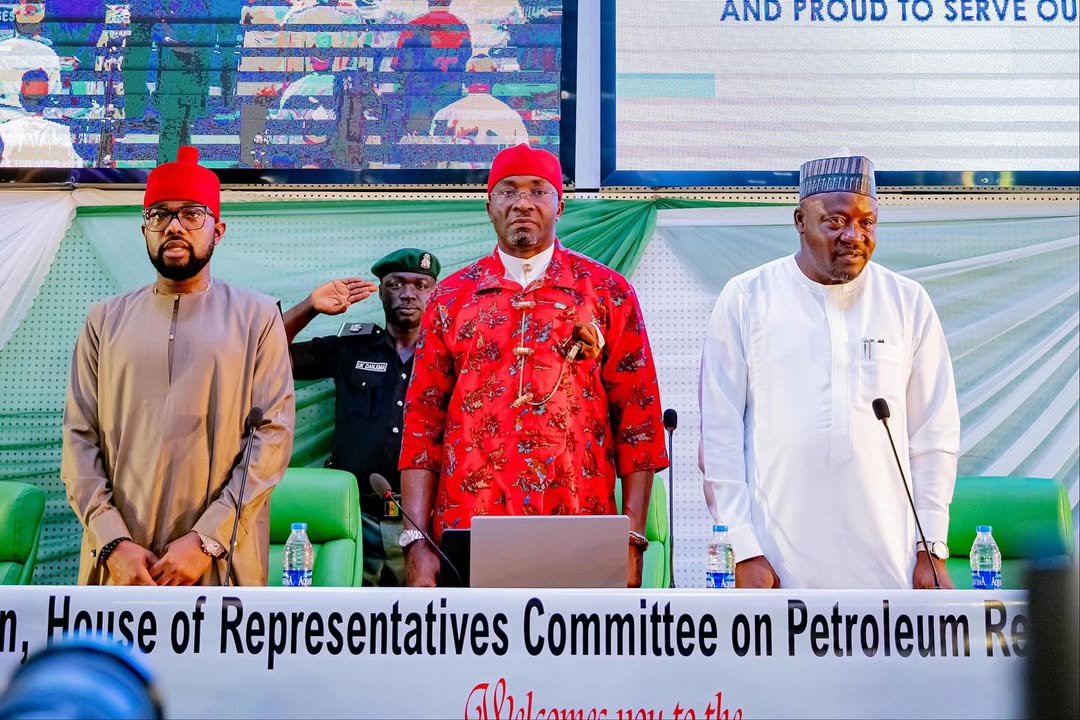
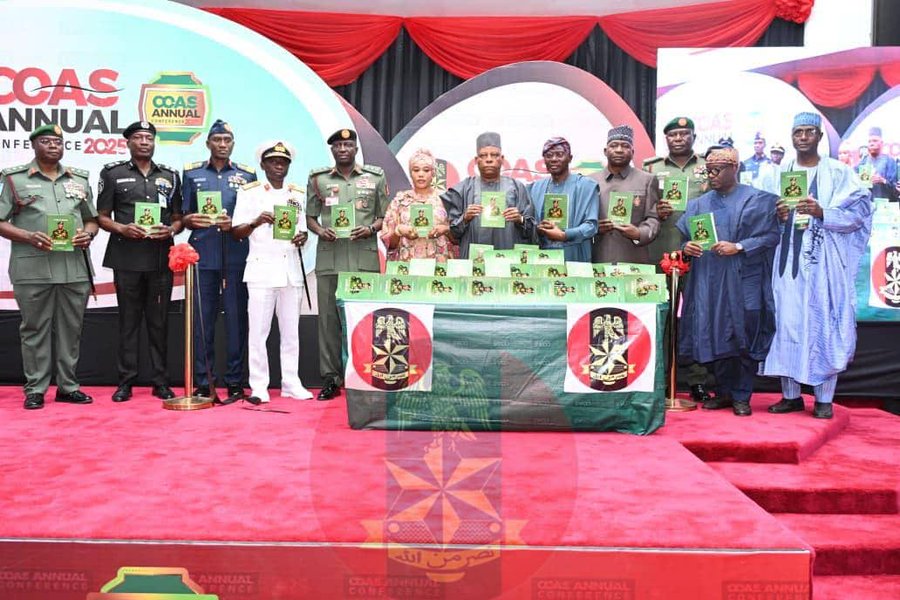
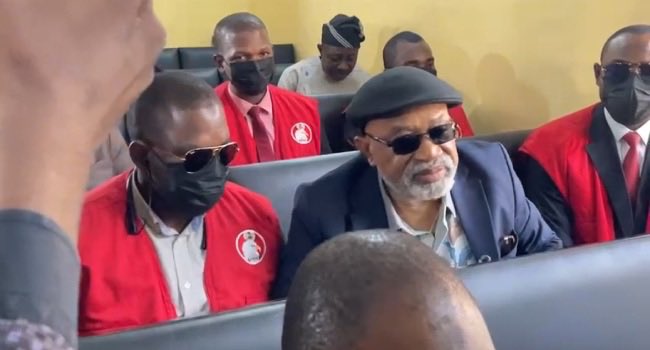
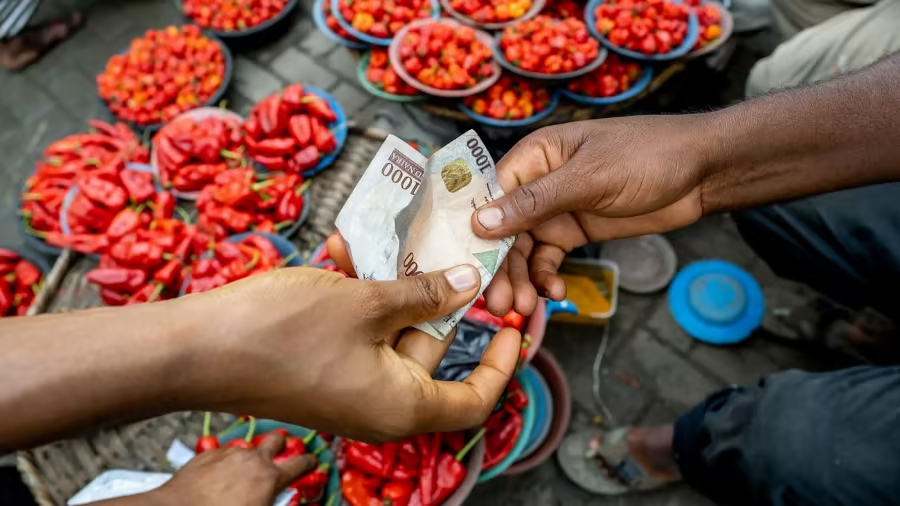
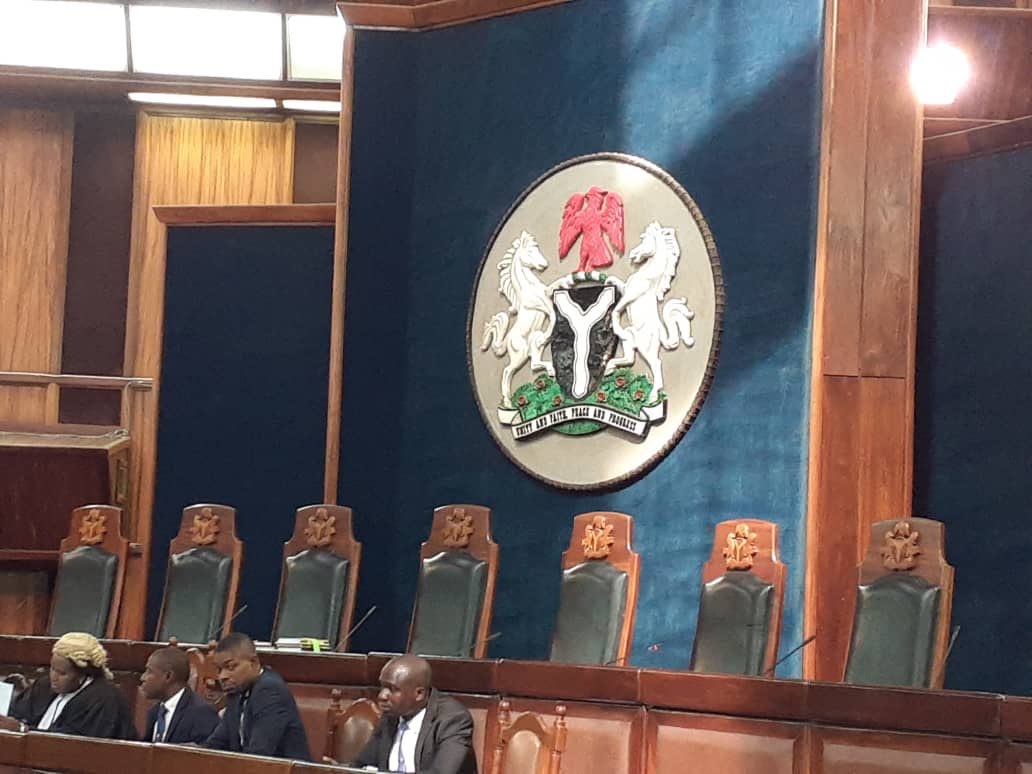

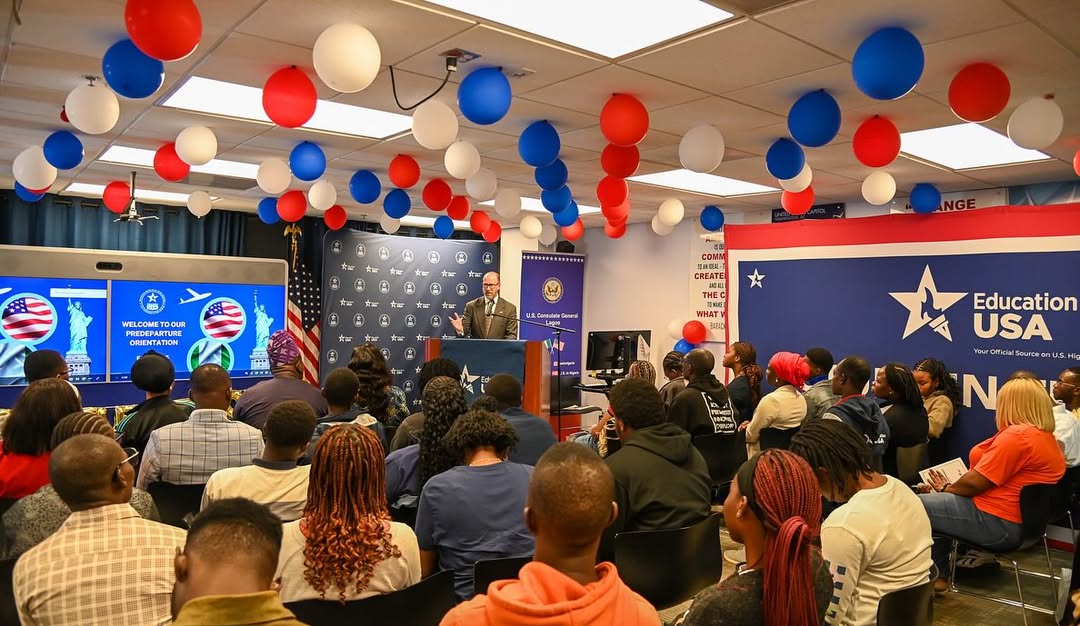
Leave a comment